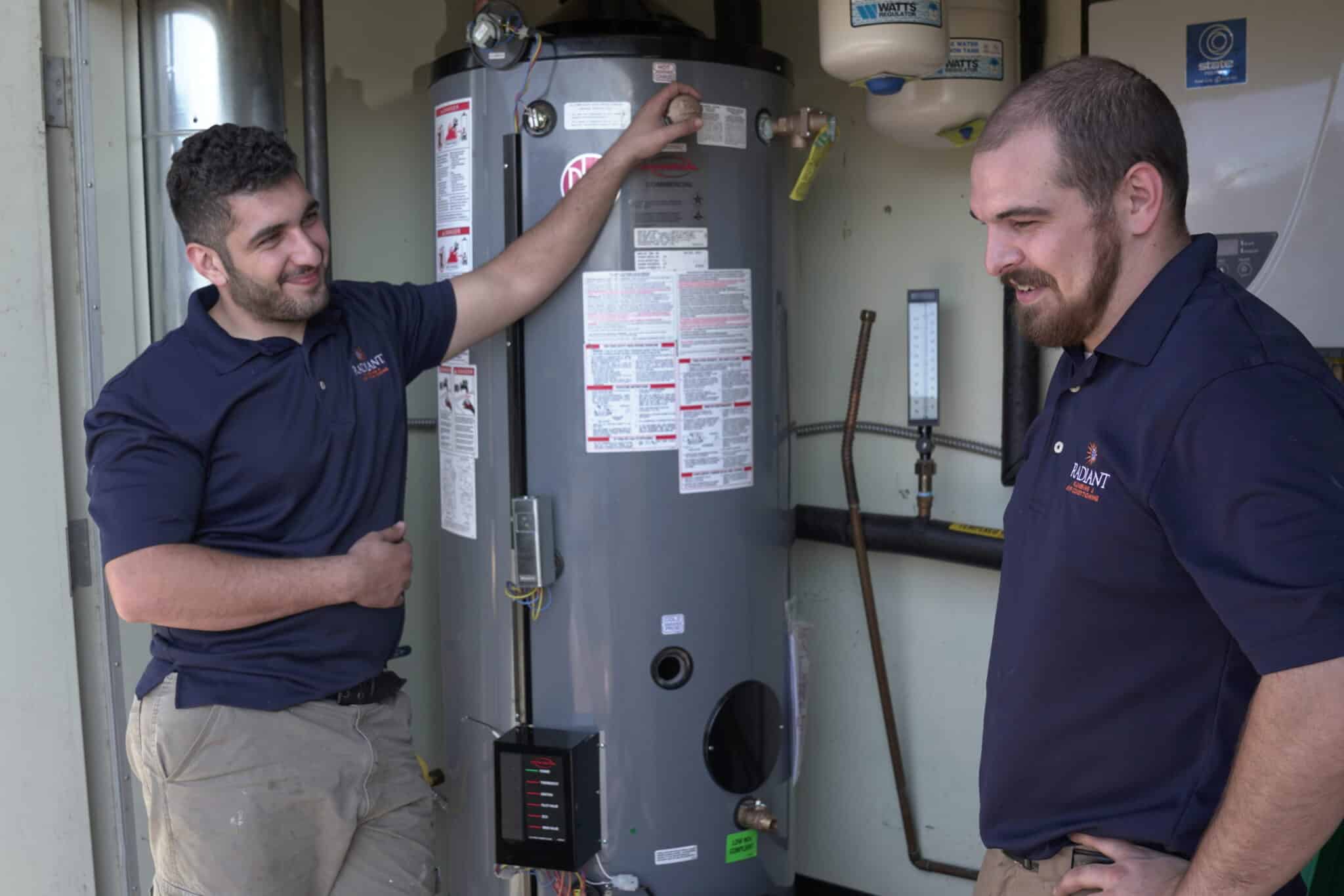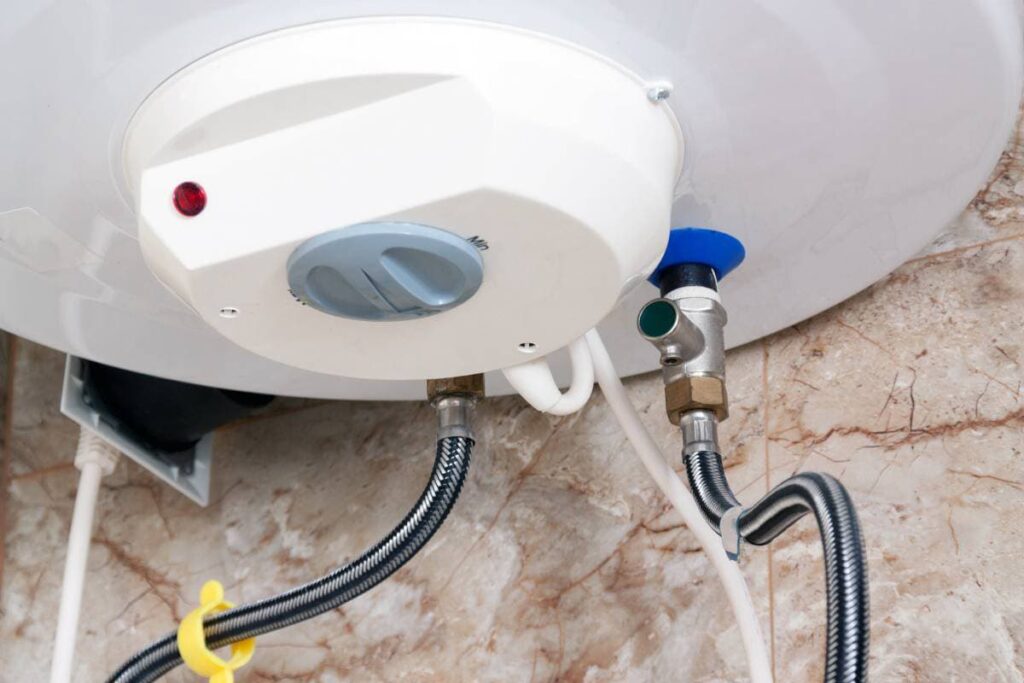Do you find yourself searching for information concerning Water Heater Maintenance Tips You Can't Afford to Forget?

Hot water is essential for day-to-day comfort, whether it's for a revitalizing shower or cleaning meals. To ensure your warm water system runs efficiently and lasts much longer, regular upkeep is essential. This post offers functional tips and understandings on how to keep your home's hot water system to stay clear of disturbances and costly repair services.
Introduction
Preserving your home's warm water system might appear overwhelming, however with a couple of simple actions, you can guarantee it operates efficiently for years to find. This guide covers every little thing from understanding your hot water system to do it yourself upkeep suggestions and recognizing when to call professional assistance.
Relevance of Maintaining Your Warm Water System
Normal maintenance not just expands the life expectancy of your warm water system yet likewise guarantees it runs effectively. Neglecting maintenance can cause reduced effectiveness, greater energy bills, and also early failure of the system.
Indications Your Hot Water System Requirements Upkeep
Understanding when your warm water system needs attention can stop significant concerns. Keep an eye out for indicators such as irregular water temperature, weird sounds from the heater, or corroded water.
Recognizing Your Hot Water System
Before diving into upkeep jobs, it's handy to recognize the basic components of your hot water system. Usually, this includes the hot water heater itself, pipelines, anode poles, and temperature level controls.
Monthly Maintenance Tasks
Regular regular monthly checks can assist capture small concerns prior to they rise.
Flushing the Water Heater
Flushing your water heater removes sediment build-up, enhancing effectiveness and extending its life.
Checking and Replacing Anode Rods
Anode poles protect against rust inside the tank. Inspecting and changing them when broken is vital.
Inspecting and Adjusting Temperature Level Setups
Changing the temperature settings guarantees ideal performance and safety.
DIY Tips for Maintenance
You can perform several maintenance tasks yourself to keep your warm water system in leading condition.
Looking for Leaks
Regularly evaluate pipelines and links for leakages, as these can result in water damage and greater expenses.
Testing Stress Relief Valves
Testing the stress relief valve ensures it operates properly and prevents too much pressure build-up.
Protecting Pipelines
Insulating hot water pipelines minimizes warm loss and can save energy.
When to Call a Specialist
While do it yourself maintenance is advantageous, some concerns require specialist competence.
Complex Concerns Requiring Specialist Assistance
Instances include significant leaks, electric issues, or if your hot water heater is regularly underperforming.
Regular Expert Upkeep Advantages
Expert maintenance can consist of extensive evaluations, tune-ups, and ensuring conformity with safety criteria.
Final thought
Regular upkeep of your home's hot water system is essential for effectiveness, long life, and expense savings. By adhering to these suggestions and recognizing when to seek specialist help, you can make certain a reputable supply of hot water without unforeseen disruptions.
Water Heater Maintenance Tips
Test the TPR Valve
Shut off the power and the cold-water supply valve. Place a bucket under the pipe connected to the temperature-pressure-release (TPR) valve on the top or side of the tank. (This valve opens if the tank pressure gets too high.) Lift the valve’s tab to let some water out, then let go. If water keeps flowing, drain the tank partway, unscrew the old valve with a pipe wrench, and install a new one. Check the Anode Rod
Put a hose to the tank’s drain cock and let out a few gallons of water. Now fit a 1 1/16-inch socket onto the rod’s hex head on top of the heater (or under its top plate) and unscrew the rod. If it’s less than ½ inch thick or coated with calcium, buy a new one, wrap its threads with Teflon tape, put it back in the tank, and tighten securely. Use this segmented rod if headroom above the tank is limited. Drain the Tank and Wash Out Sediment
Drain the remaining water in the tank into the bucket, then stir up the sediment on the tank’s bottom by briefly opening the cold-water supply valve. Drain and repeat until clean water comes out of the hose. Close the drain cock, refill the tank, and turn its power back on. Adjust the Temperature
Find the temperature dial on the side of the tank and unscrew its cover. Adjust the dial to 120 degrees using a flathead screwdriver. For every 10 degrees the temperature is lowered, you can expect to save up to 5 percent in energy costs. Turn the water heater off or the thermostat down to its lowest setting if you plan to be away from home for more than three days. Insulate the Pipes
Buy some self-sticking 3/8-inch-thick foam pipe insulation that matches the pipes’ diameter. Slide the foam over the hot-and cold-water pipes as far as you can reach. Insulating the cold-water pipe prevents condensation in summer. Peel the tape and squeeze the insulation closed. If the pipe is 6 inches or less from the flue, cover it with 1-inch-thick unfaced fiberglass pipe wrap. https://www.thisoldhouse.com/plumbing/21016402/how-to-maintain-a-water-heater

As an enthusiastic reader on How to Maintain a Hot Water Heater in a Few Simple Steps, I think sharing that topic was worthwhile. Sharing is good. You never know, you could be helping someone out. I truly appreciate reading our article about What Kind of Maintenance Do Water Heaters Need?.
Request An Estimate